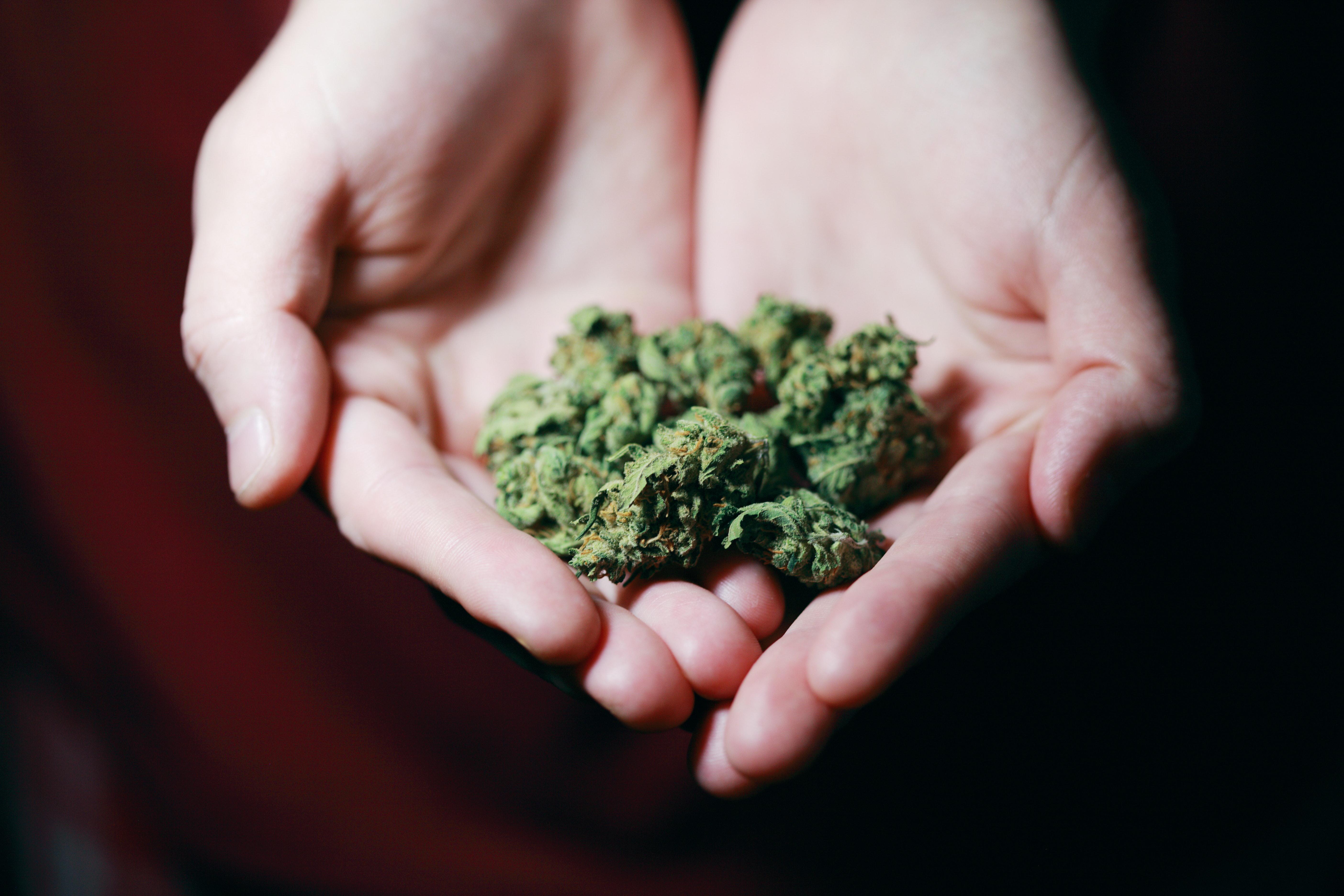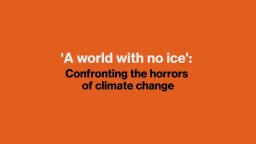JON GERTNER: For scientists who study climate change, one of the great challenges has been trying to figure out if these great ice sheets, these old remnants of the ice age in Greenland and Antarctica, are shrinking or growing. And we're used to, I think now, all the news stories, you know, that Greenland's losing ice, and Antarctica is melting, and that this glacier seems unstable. But really this was a kind of epic discovery of how to do it. And a lot of the ways we figured it out are through satellites and other kinds of airborne observational tools, such as laser altimeters that read the ice by sending laser bursts down and trying to measure decreases in the altitude of the ice. And, at least in Greenland, what we've discovered is that since, really, the early 1990s this ice sheet has been losing mass.
So that ice that's on top of Greenland, the frosting on the cupcake, is slowly moving into the ocean. And it moves into the ocean two ways: It melts on the surface in the summertime, and that's when you see these beautiful azure beads of lakes on the surface that eventually drain into the ocean and meltwater rivers, too. It also at the edges has these glaciers that reach into the ocean, and they break off as these huge icebergs that in turn float away and melt also. And those all raise sea levels.
The bigger picture is that, at the moment, our ocean sea levels are rising by about three millimeters per year, which is actually a pretty small amount. And the reasons that it's melting are, one, as the earth gets warmer there's something called thermal expansion, which means that the oceans literally expand, just as hot water expands, [it] gets larger and higher. The other reason is that there are mountain glaciers all over the world in the Himalayas and Canada and Alaska, and those, too, are draining into the water and they make a contribution. And the third reason is that Greenland and Antarctica are losing ice, both through -- especially Greenland's -- surface melting and through these glaciers that break off into icebergs, and they're raising sea levels.
At the moment, Greenland's contribution is one millimeter per year. And we could maybe put that aside, and say, well one millimeter a year isn't very much, but that's accelerating. What we also know is that things don't necessarily move in a linear way with ice sheets. A lot of the science of glaciology and ice sheets is pretty new. It's not like we can go back 100 years and try and sort of figure out -- or that we knew at that point how ice sheets work. In fact, we can look at an ice sheet now in Greenland or in Antarctica, in West Antarctica, for instance, and we know that no human being has ever seen what we're seeing now. Nobody's ever really witnessed the collapse of an ice sheet. There's nothing in recorded history that explains how an ice sheet collapses in warmer temperatures.
So we're in this place now where what we know is that the climate is warming dramatically. We know the ice sheets become more unstable in warmer temperatures. We know they have vulnerabilities. We also don't know precisely how the physics of big ice sheets work. And we try and create models, scientists do try and create models, but those models aren't necessarily as good as some other models that predict, say, future temperatures. We've heard, well, if the earth, you know, if we put so much CO2 into the air we're going to warm the atmosphere by 2 degrees or 3 degrees -- those have proven pretty accurate. But trying to model an ice sheet and say, well, by the year 2050 Greenland is going to lose so many tons of ice, or Antarctica will, we're not sure. I mean, partly we're not sure because we don't know if human beings can actually stop burning so many fossil fuels and if we can change the way we're going, the trajectory we're going in warming. But also we can't know because glaciers can start up and slow down. They can pause when they hit bumps before they break off into the sea. Greenland can have some variability, or cold weather can set in.
What we know now is that Greenland is losing between 250 to 300 billion tons of ice per year. Over the past few years it's lost more than a trillion tons of ice. It's an enormous amount. It's getting larger. We can't stop thinking about this place, or we shouldn't stop thinking about this place, even though it almost seems so far from our imaginations; living in New York, or in London, or Los Angeles, it seems so impossibly distant. And yet this island that's covered in ice could determine our future to some extent, in the sense that it will raise sea levels. The ice that falls into the ocean can change ocean circulation patterns, which can have tremendous effects on temperature, on sea levels as well. And then there are all sorts of other maybe surprises that we don't yet understand, just because we're actually witnessing something we've never seen before.





